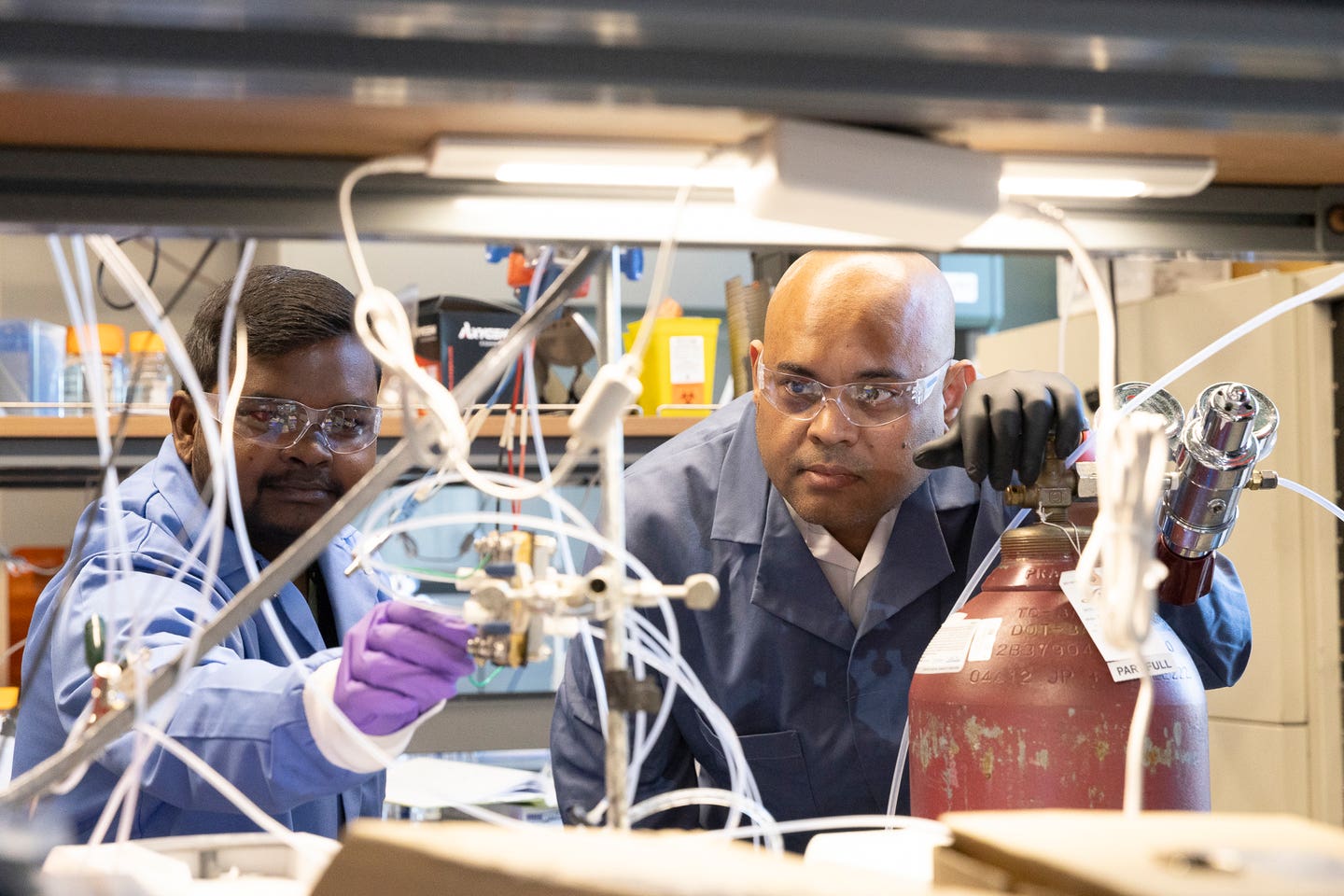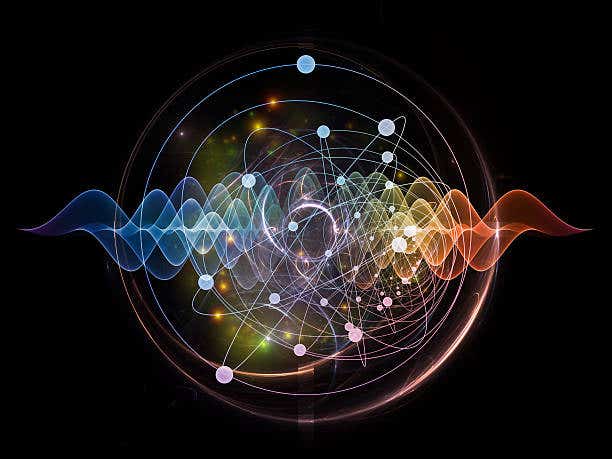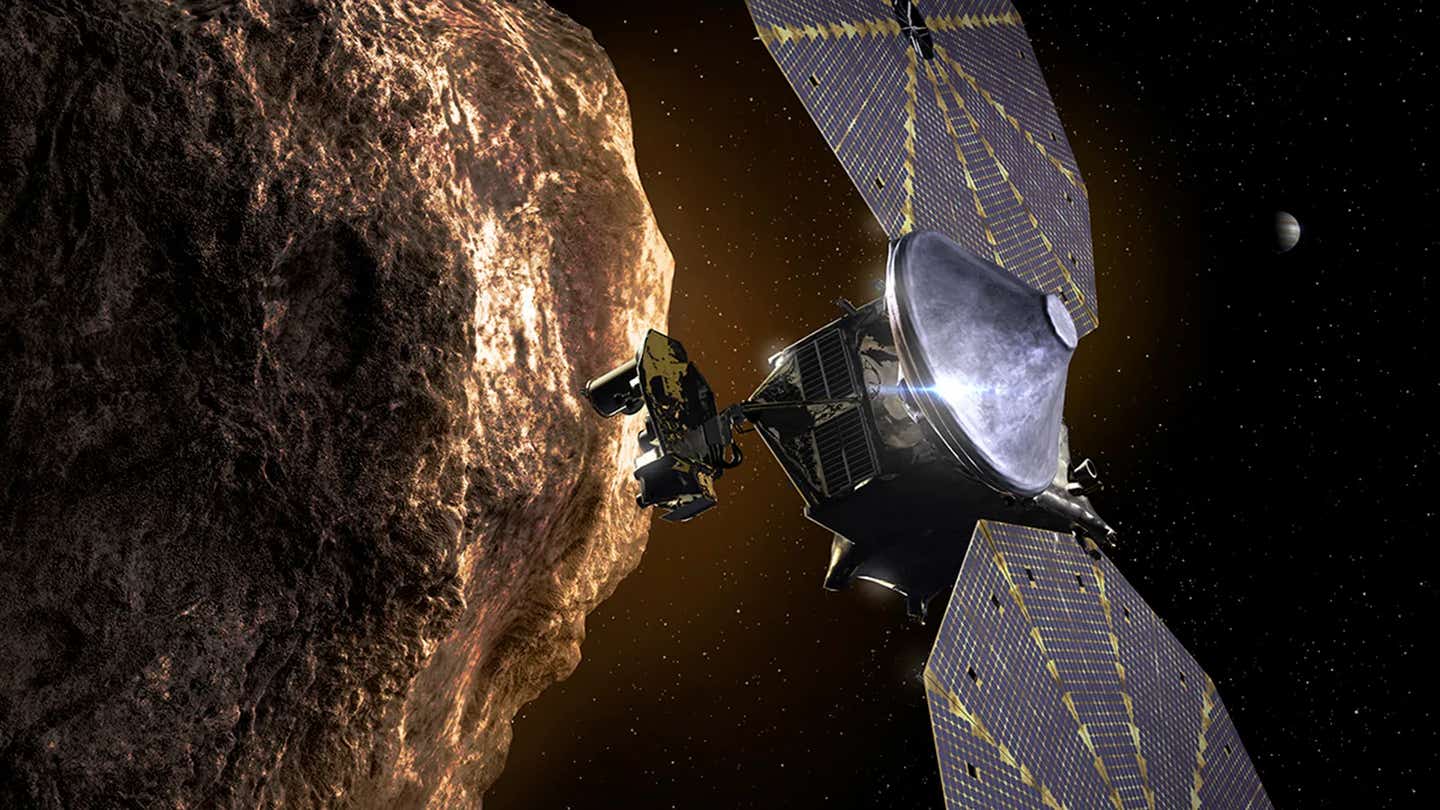Innovative new process makes hydrogen from solar power and agricultural waste
This innovative process significantly lowers the energy required to extract hydrogen from water by 600%

Researchers at the University of Illinois Chicago (UIC) have pioneered a novel method to produce hydrogen gas from water, utilizing solar power and agricultural waste like manure and husks. This innovative process significantly lowers the energy required to extract hydrogen from water by 600%, paving the way for more sustainable and eco-friendly chemical production.
Hydrogen fuels are considered one of the most promising clean energy sources. However, obtaining pure hydrogen gas is typically an energy-intensive process that often relies on coal, natural gas, and substantial electricity.
In a recent publication in Cell Reports Physical Science, a team of scientists led by UIC engineer Meenesh Singh introduced this new green hydrogen production technique.
The UIC team’s method leverages a carbon-rich material known as biochar to reduce the electricity needed for water electrolysis—the process of splitting water into hydrogen and oxygen. By using renewable energy sources such as solar power or wind and capturing byproducts for other uses, this approach can effectively bring greenhouse gas emissions down to net zero.
“We are the first group to show that you can produce hydrogen utilizing biomass at a fraction of a volt,” said Singh, an associate professor in the chemical engineering department. “This is a transformative technology.”
Electrolysis requires an electric current, and on an industrial scale, this often involves fossil fuels to generate the necessary electricity. While scientists have recently managed to decrease the voltage needed for water splitting by adding a carbon source to the reaction, these methods typically involve coal or expensive chemicals and still release carbon dioxide.
Singh and his colleagues have adapted this process by using biomass derived from common waste products. They mix sulfuric acid with agricultural, animal, or sewage waste to create a carbon-rich slurry called biochar.
Related Stories
The researchers experimented with various biochar types made from sugarcane husks, hemp waste, paper waste, and cow manure. Each type of biochar reduced the power needed to convert water to hydrogen when introduced to the electrolysis chamber. Remarkably, cow dung emerged as the best performer, reducing the electrical requirement sixfold to roughly a fifth of a volt.
The energy requirements were so minimal that the researchers could power the reaction with a single standard silicon solar cell, which generates approximately 15 milliamps of current at 0.5 volts—less than the power produced by an AA battery.
“It’s very efficient, with almost 35% conversion of the biochar and solar energy into hydrogen,” noted Rohit Chauhan, a co-author and postdoctoral scholar in Singh’s lab. “These are world record numbers; it’s the highest anyone has demonstrated.”
Net-Zero Emissions and Economic Benefits
To achieve net-zero emissions, the process must capture the carbon dioxide generated by the reaction. Singh explained that this could also provide environmental and economic benefits, such as producing pure carbon dioxide for carbonating beverages or converting it into ethylene and other chemicals used in plastic manufacturing.
“It not only diversifies the utilization of biowaste but enables the clean production of different chemicals beyond hydrogen,” said Nishithan Kani, a UIC graduate and co-lead author of the paper. “This cheap way of making hydrogen could allow farmers to become self-sustainable for their energy needs or create new streams of revenue.”
Implications for Sustainable Energy
This groundbreaking method could revolutionize hydrogen fuel production, making it more accessible and sustainable. By reducing reliance on fossil fuels and utilizing agricultural waste, this process presents a significant step forward in the quest for cleaner energy solutions.
The use of biochar not only decreases the electricity needed for hydrogen production but also provides a practical way to manage agricultural and animal waste. This dual benefit could have far-reaching impacts, from reducing greenhouse gas emissions to creating new economic opportunities for farmers.
As the world seeks to transition to more sustainable energy sources, the development of efficient, low-cost hydrogen production methods is crucial. The UIC team’s innovative approach using biochar and solar power represents a promising advancement in this field.
By continuing to refine this technology and explore its full potential, researchers hope to make significant contributions to the global effort to combat climate change and reduce our reliance on non-renewable energy sources.
The successful demonstration of this method at a laboratory scale marks an important milestone. Future research will focus on scaling up the process and integrating it with existing energy systems. This could lead to widespread adoption of biochar-based hydrogen production, providing a cleaner, more sustainable energy source for a variety of applications.
The UIC engineers’ breakthrough in hydrogen fuel production using solar power and agricultural waste offers a glimpse into a future where clean energy is not only possible but also economically viable. This transformative technology has the potential to change the way we produce and utilize energy, making significant strides toward a more sustainable and environmentally friendly world.
For more environmental news stories check out our Green Impact section at The Brighter Side of News.
Note: Materials provided above by the The Brighter Side of News. Content may be edited for style and length.
Like these kind of feel good stories? Get the Brighter Side of News' newsletter.
Joshua Shavit
Science & Technology Writer | AI and Robotics Reporter
Joshua Shavit is a Los Angeles-based science and technology writer with a passion for exploring the breakthroughs shaping the future. As a contributor to The Brighter Side of News, he focuses on positive and transformative advancements in AI, technology, physics, engineering, robotics and space science. Joshua is currently working towards a Bachelor of Science in Business Administration at the University of California, Berkeley. He combines his academic background with a talent for storytelling, making complex scientific discoveries engaging and accessible. His work highlights the innovators behind the ideas, bringing readers closer to the people driving progress.



